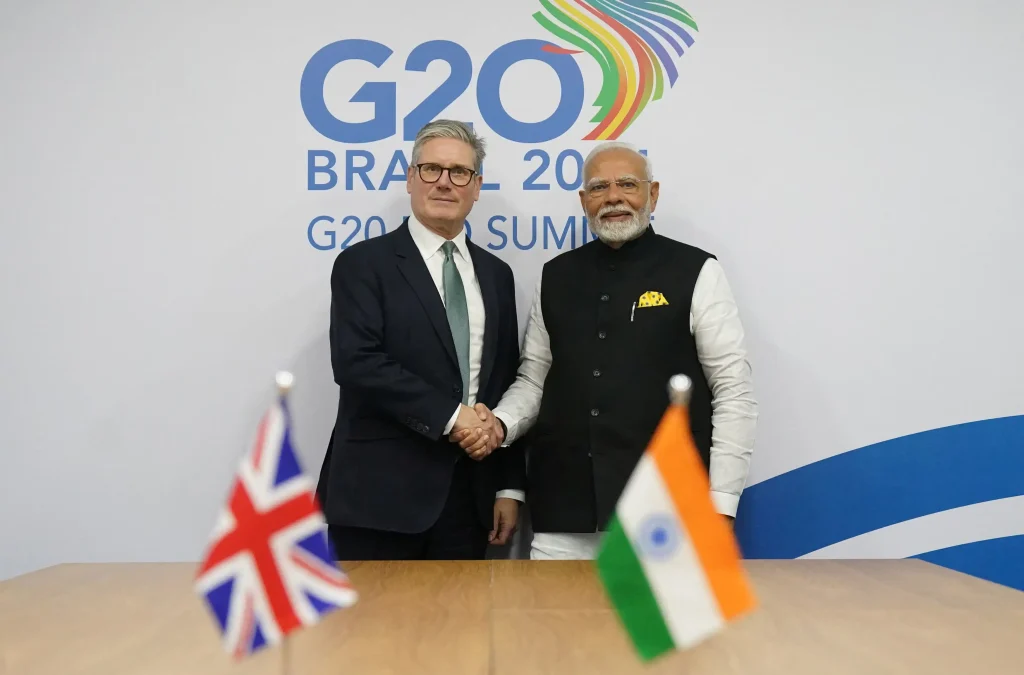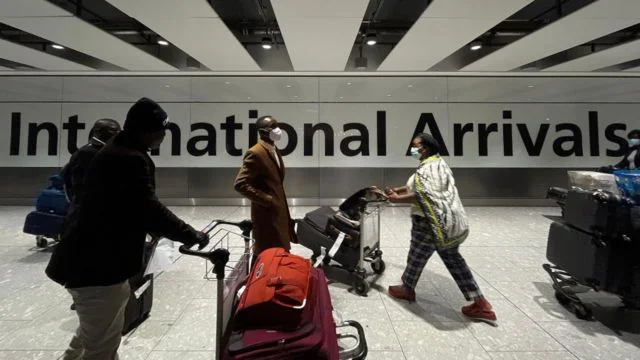Italy needs at least a decade to meet NATO’s new defense spending targets, Foreign Minister Antonio Tajani announced Thursday alongside NATO Secretary General Mark Rutte.
Italy, one of NATO’s spending laggards, allocated just 1.49% of its GDP to defense in 2024, falling short of the alliance’s 2% target, according to NATO data.
Tajani expressed optimism about reaching an agreement before the NATO summit in The Hague on June 24–25, 2025, to demonstrate alliance unity.
Accounting Adjustments for 2025 Target
Italy has pledged to meet the 2% GDP target in 2025, primarily through accounting changes that include previously excluded items in defense budget calculations.
These adjustments have sparked debate, with critics arguing they mask structural underfunding.
Tajani emphasized collaboration with NATO, stating, “We can do good work and arrive at The Hague with an agreement ready,” signaling Italy’s intent to align with allies despite fiscal constraints.
Higher Targets Deemed Unfeasible
Defense Minister Guido Crosetto, addressing parliament, dismissed U.S. calls for NATO members to increase defense budgets to 5% of GDP, calling it “not possible.”
He also described a proposed intermediate target of 3.5% as “not easy,” citing Italy’s fiscal challenges.
With public debt projected to hit nearly 138% of GDP in 2026, Crosetto stressed a cautious approach to avoid cuts to critical sectors like healthcare and social spending.
Balancing Debt and Defense
Italy’s massive debt limits its spending flexibility, forcing the government to balance NATO commitments with domestic priorities.
Crosetto noted that defense spending decisions require parliamentary approval, reflecting the need for broad consensus.
“We don’t want other key investments to be affected,” he said, underscoring Italy’s conservative stance amid pressure from NATO allies, particularly the U.S.
The Hague Summit Looms
As NATO leaders prepare for The Hague summit, Italy’s position highlights broader alliance tensions over defense contributions.
While 24 of 32 NATO members currently meet the 2% target, posts on social media indicate Italy is among the holdouts, alongside Croatia and Portugal.
A new 5% target is under discussion, but Italy’s 10-year timeline and reliance on accounting tweaks may complicate negotiations.
The summit will test NATO’s ability to project unity in the face of divergent fiscal realities.























